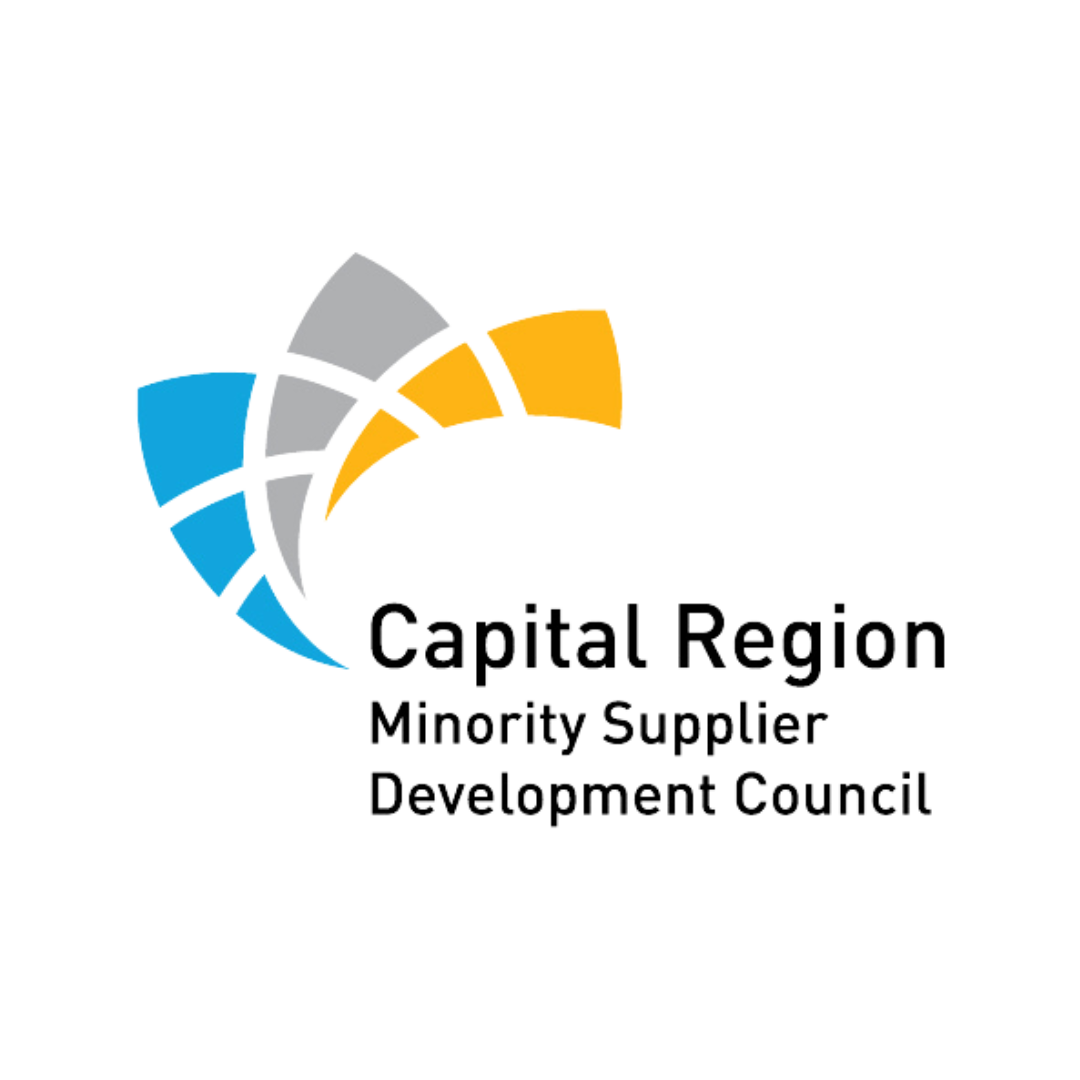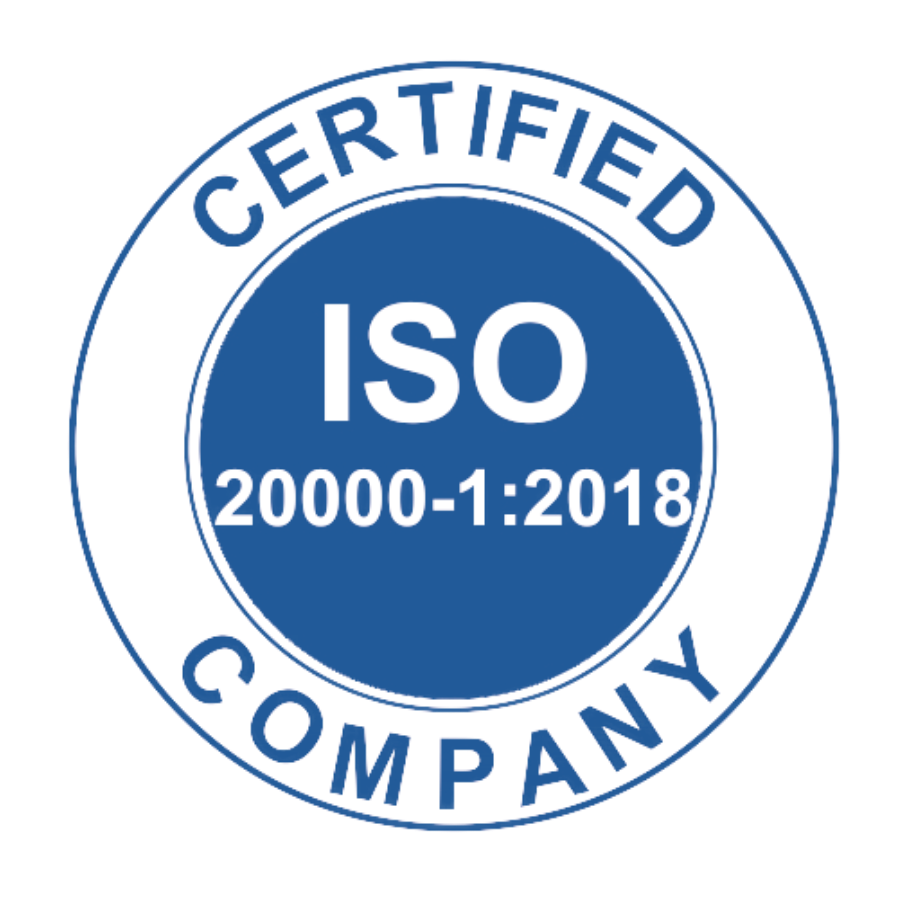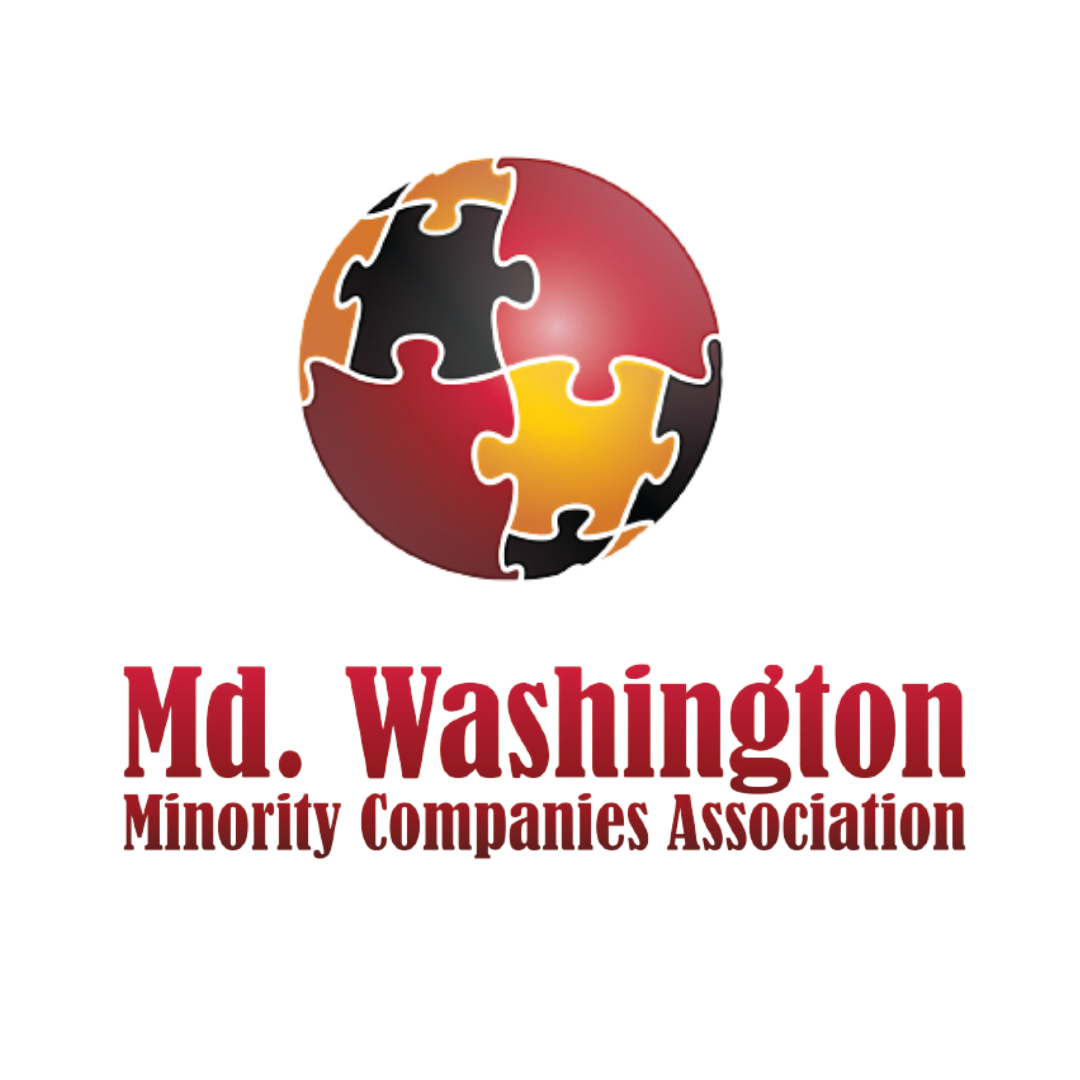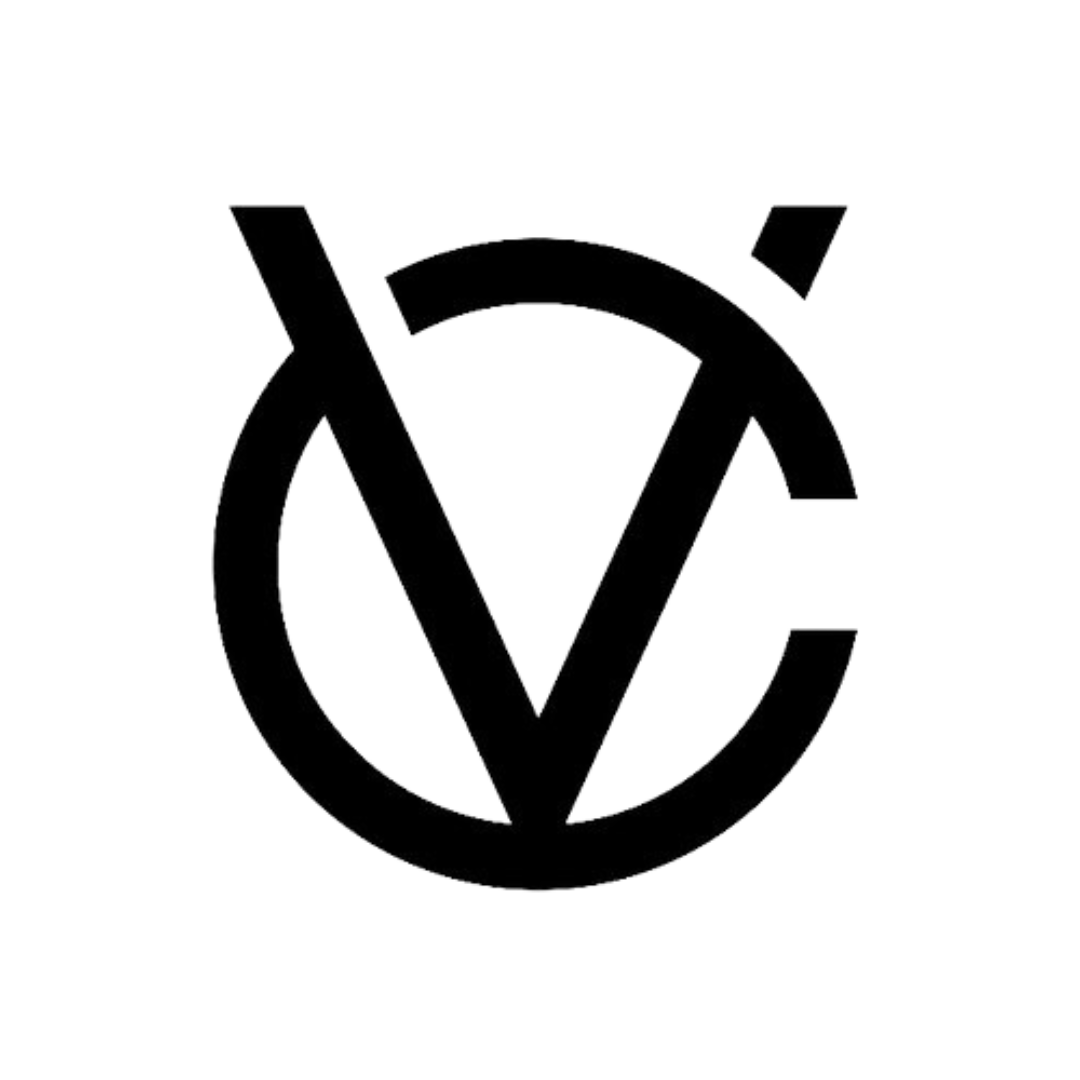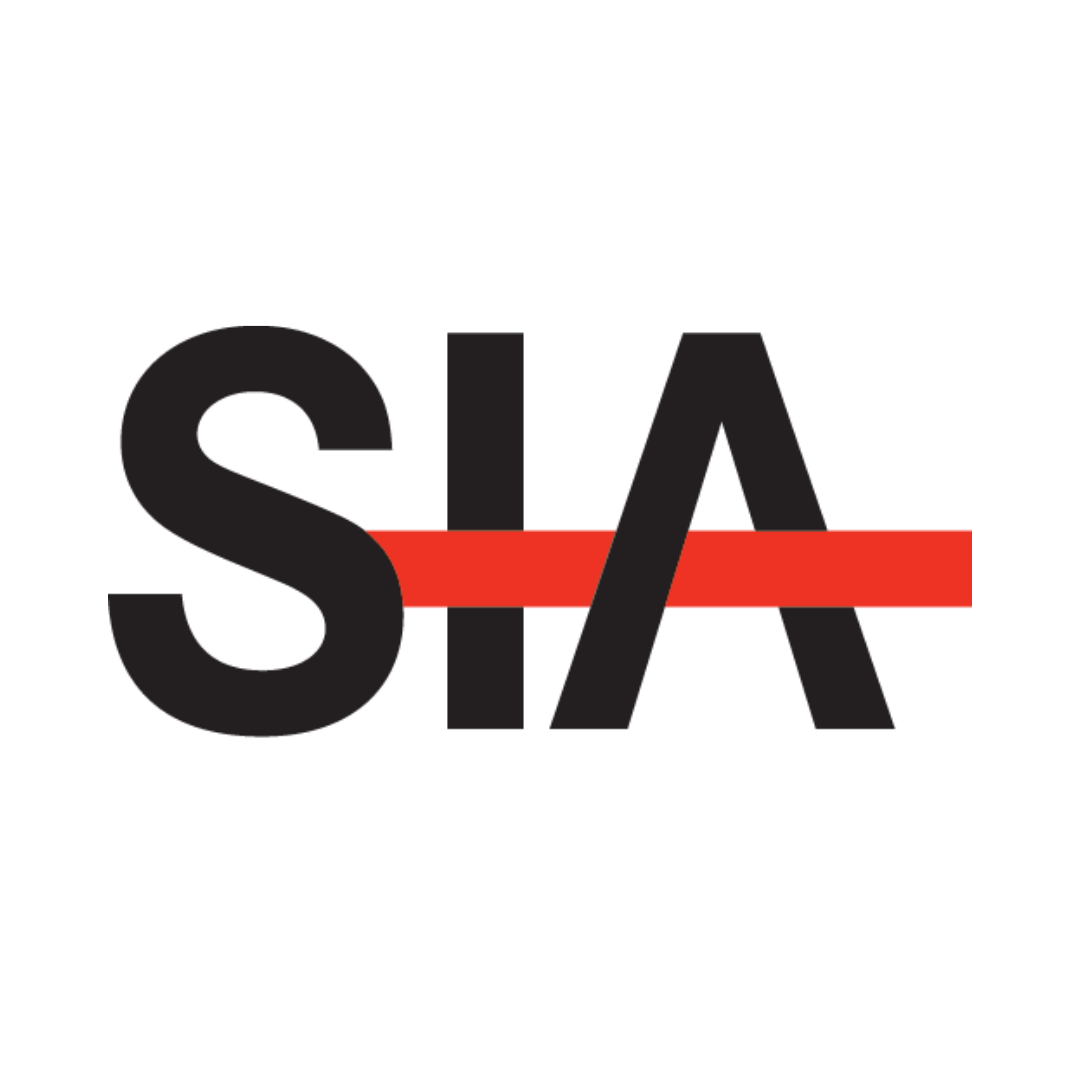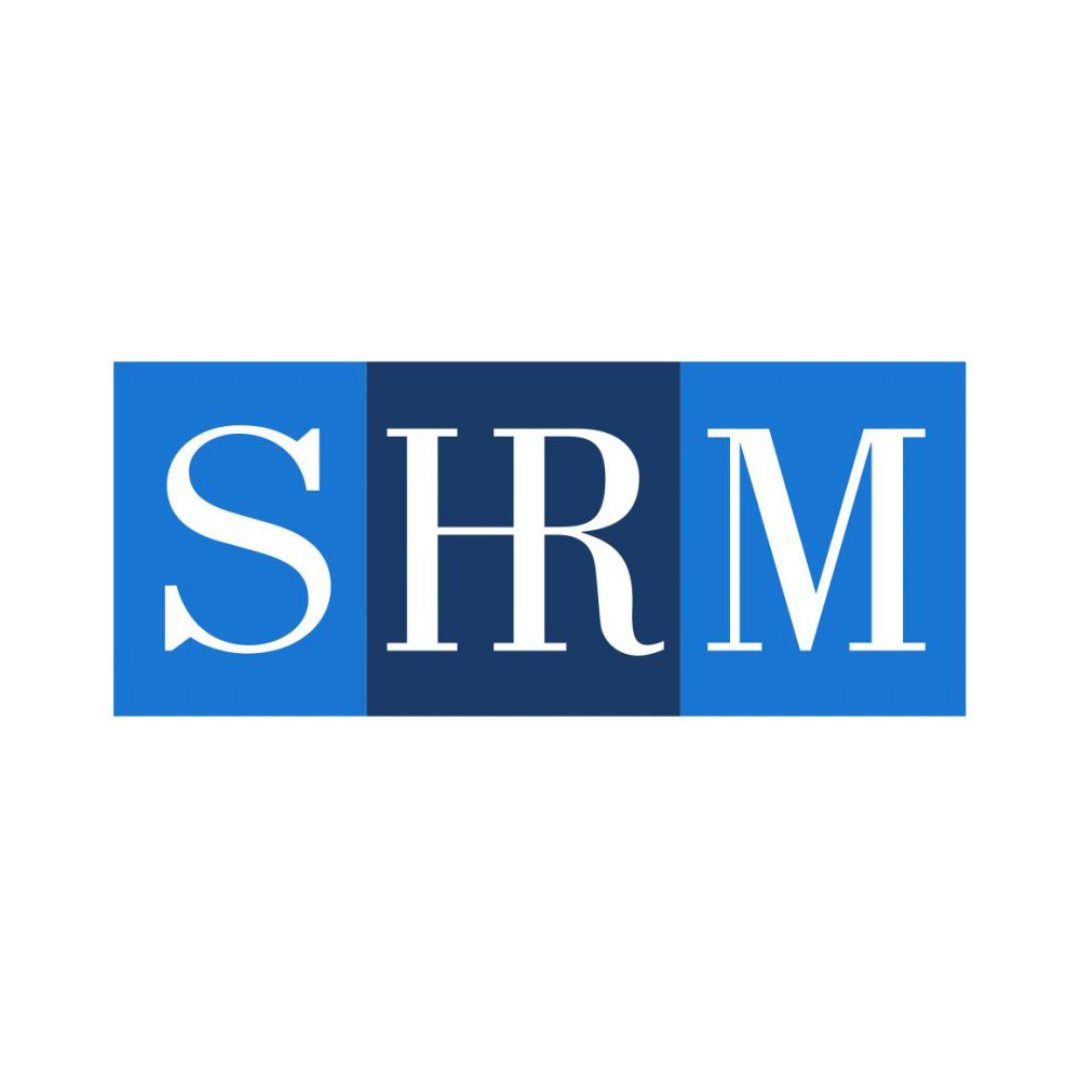Implementation
nTech Workforce
nTech Implementation Guide
At nTech, we strive to make the working process as simple and enjoyable for our customers as possible.
Our team of experts are passionate about getting projects done right – with a focus on creating an experience tailored specifically to individual needs.
We'll be sure to provide insight and guidance through the entire process so that your company is ready for next steps.

Browse Our Implementation Structure
Step-by-step details about our implementation process.
Structure Implementation
Establish Policies
Roles & Responsibilities
Configure Infrastructure
Supply Chain Setup
Program Launch
Internal Customers
Project Deliverables
Structure Implementation
This phase is the critical starting point, as we'll be navigating our way through every step of this project's implementation.
To ensure an efficient and successful journey, we are laying down a comprehensive roadmap outlining all aspects from program partnerships to task breakdowns, funding levels, risk mitigation strategies, stakeholder involvement plans, resource commitments and quality assurance.
Key Steps
- Invite internal supply chain functions to the implementation team
- Often, internal teams are overcommitted which may present an obstacle, but support from an executive champion relieves tension.
- Conduct kickoff with the steering committee
- Detail tasks, timelines, and milestones
- To ensure expectations are fair and agreed upon, we will formalize the work-plan prior to setting dates.
- Create implementation plan clearly defining commitments
- Documenting detailed requirements and setting interim goals towards the completion of bigger milestones ensures a smooth transition.
Outcomes
- Signed implementation plan committing internal and external resources
- Clarity of assigned responsibilities & next steps
- Well-structured project management and issue resolution process
Key Steps
- Assemble relevant stakeholders and subject-matter experts
- Create Program Charter
- We can ensure functional ownership with guidance from an executive champion and cross-functional contingent workforce focus team.
- Review and update policies & procedures to meet requirements
- nTech’s team of attorneys ensures all relevant literature and resources are brought to the table and analyzed for risk-cost-benefit. We work with distinguished attorneys in labor & employment law.
- Review and update contingent workforce sourcing business rules
- We will ensure the investor's goals for minority-owned business representation, and local workers are represented.
Outcomes
- Program workflow diagram
- Federal, state, local, corporate, departmental, and other considerations accounted for
- Facilitate new policy integration through change management
Key Steps
- Review contractual obligations
- Determine internal and external process support responsibilities
- Define roles, assign resources, and set up program infrastructure
- Defined service-level agreements (SLAs), penalties, and remediation negotiation protects the investor's interests and ensures goals are met.
- Establish reporting, communication, and escalation procedures
- While insufficient communication systems may often be a barrier, workflow software and centralized communication are the remedy.
Outcomes
- Program organizational chart
- Defined roles and responsibilities per operating procedures and policies
- Reporting, communication, and escalation plan
Key Steps
- Collect workflow and reporting requirements
- Define functional requirements per business scenarios
- Build, modify, and configure system components
- nTech will ensure systems align to business context by engaging stakeholders and pairing business scenarios & specifications
- End-to-end quality assurance for workflow and reporting systems
Outcomes
- Quality assured systems components ready to go live
- End User buy-in/acceptance
- System enhancement & maintenance plan
Setting Up the Supply Chain
To create an efficient and productive supply chain, we must bring together internal resources with external stakeholders like contractors, staffing agencies and service providers.
By doing so, we can ensure that drug screenings and background checks are completed to the highest standards.
Key Steps
- Engage supply chain partners and define relationships
- nTech Workforce has proactively engaged key stake holders, area nonprofits, and minority-owned businesses to ensure visibility, incorporate their feedback, and demonstrate a commitment to ongoing collaboration.
- Amend, distribute, and execute agency contracts as required
- Despite a proactive approach, we expect mild pushback on rules, rates, and fees. We will lean on data and buying power, highlight benefits, reward early adopters, and use a buyer-funded model.
- Monitor, per implementation plan process
- Launch internal marketing campaign to promote program benefits
Outcomes
- Informed internal & external supply chain partners
- Agency relationships updated and “legalized”
- Completion of role fulfillment & systems tested
Key Steps
- Design appropriate training programs for members of the supply chain that aligns to their sourcing role
- Train internal & external resources
- Review program launch checklist and send a launch announcement
- Launch program and demonstrate value proposition
- We will conduct end-to-end testing in production and soft launch systems ahead of schedule to ensure reliable systems integrations.
Outcomes
- Fully operational contingent workforce sourcing program
- Alignment with stakeholder values and requirements
- Mechanisms to capture and incorporate feedback for customer satisfaction
Delight Internal Customers
We strive to go above and beyond the baseline by delivering projects in a cost-efficient manner while meeting or exceeding all SLAs.
Our objective is to maximize talented resources, meet any MBE goals set forth, and ultimately provide clients with an exceptional return on investment.
Key Steps
- Prioritize program performance metrics with stakeholders
- We will ensure the accessibility of feedback and performance data through process automation and a central data repository.
- Update performance management system
- Collect customer feedback and program performance data
- Report back to internal customers with status of improvement ideas
- Executive improvement plan, highlighting upcoming changes & benefits
- We will ensure stability during program/system upgrades & enhancements with a quality assurance program, sandbox/test environments, and a limited pilot/beta release of upgrades.
- Train affected program administrators/resources
Outcomes
- Defined internal customer expectations
- High internal customer satisfaction and buy-in from users
- Constructive feedback from users and clear improvement plans
| Phase | Deliverables | Associated Tasks |
|---|---|---|
Structure Implementation |
|
Invite key stakeholders and those directly impacted to join the implementation team. Host a kickoff meeting to define timelines, milestones, and tasks. Establish project governance and adhere to financial controls & budgets. Gather sign off for requirements |
Establish Policies and Business Rules |
|
Assemble relevant stakeholders and SMEs for input. Create a program charter with a clear value proposition. Review and update policies & procedures for new requirements. Review and update sourcing rules to match program needs. Communicate specific change impacts to key stakeholders. |
Determine Ongoing Roles & Responsibilities |
|
Review pre-existing contractual obligations for current supply chain partners. Supplier vetting will take time. Determine internal and external process support responsibilities. Define roles, assign resources, and set up CW program and support infrastructure – for example, ensuring contractor compliance. Identify Leads, internal champions, executives, key business unit managers, engagement managers, and internal partners across IT, marketing, HR, finance, security, and legal. Review business design |
Configure IT Infrastructure |
|
Engage key stakeholders – IT, procurement, HR, legal, and other lead stakeholders. Understand existing or expected workflow processes and define the data model & reporting requirements in advance of launch. Define functional requirements in alignment to business scenarios. Build, modify, and configure software/hardware. Gather and load data. Configure Test System and conduct E2E QA of workflow and reporting systems. |
Set Up Supply Chain |
|
Register suppliers. Create Training Materials. Finalize standard operating procedures. Deliver training to internal and external stakeholders. Duly execute PLA and contractor agreements. |
Launch & Transition to Operational Support |
|
Send a launch announcement with self-service documentation and other “How-To” resources. Distribute SOP and program rules. Provide hyper-care support to key stakeholders. Document lessons learned. Transition to a steady state. Transition to relationship management. Showcase value proposition. |
.png?width=175&height=109&name=Primary%20Logo%20(Official).png)


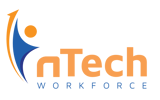




-1.png?width=303&height=403&name=Job%20Seekers%20Mega%20Menu%20(1)-1.png)




%20(1).png?width=1620&height=986&name=Businesses%20Mega%20Menu%20(1)%20(1).png)
